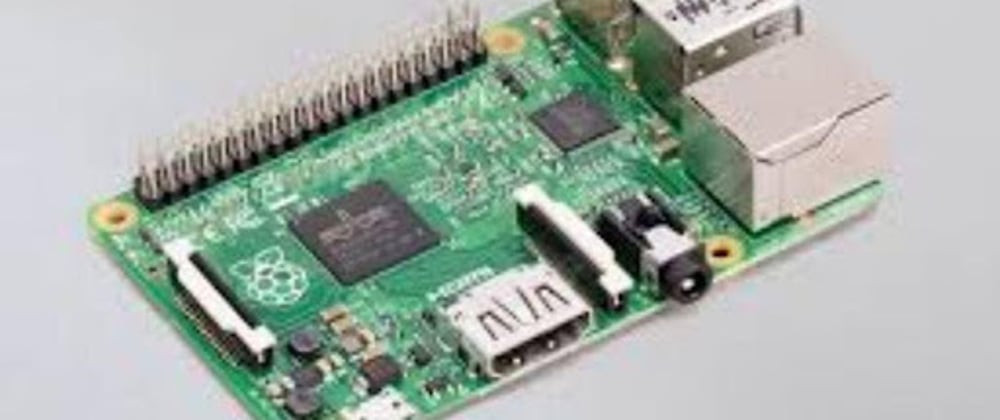Raspberry Pi is a small, affordable computer the size of a credit card. It can get connected to a television or monitor and functions with the use of a mouse and keyboard. This gadget enables everyone (both young and old) to learn the skill of programming in languages such as Python and Scratch. It is mostly utilized for web browsing, HD video playback, word processing, game play, and spreadsheet creation. In this article, you will be getting to know all the different types of Raspberry Pi boards.
What is a Raspberry Pi?
The Raspberry Pi is a small computer that is constructed for educational purposes. Its size is identical to that of a credit card. It will boost programming and hardware programming skills in higher education institutions such as schools and colleges. It is slower than a laptop or desktop computer, and it runs entirely on Linux. The market's price availability is limited.
Different Types of Raspberry Pi Models
Here are the different types of raspberry pi models.
Raspberry Pi 3
The Raspberry Pi 3 Model B+ is the hottest new SBC from the Raspberry Pi Foundation, with the fastest processing speed, integrated Wi-Fi, Bluetooth, increased connectivity abilities, booting via USB, and now power over Ethernet (PoE). This release provides a much-needed functionality boost, enabling for a greater seamless experience.
The addition of integrated Wi-Fi and Bluetooth chips distinguishes this variant. A USB Wi-Fi adapter was the first thing everyone bought with their new Raspberry Pi prior to this edition. By retaining the Wi-Fi onboard, this variant enables you to open up that USB slot. In addition to increased memory and processing capability, this Raspberry Pi has the unusual ability to boot from a USB stick rather than an SD card.
Raspberry Pi 1
The Raspberry Pi 1 Model B was the first SBC released by the Raspberry Pi Foundation. It was one of the first computers in its category, and it introduced millions of people to computer science. Despite not being as powerful as its successors, this small computer delivers a punch.
It possesses the smallest ram and processing capabilities because it is the oldest, but what it misses in processing power it compensates for in other abilities. The inclusion of a composite output port distinguishes this as an excellent old school game emulator, which is frequently utilized in attempts to reproduce classic arcade cabinets. This version features a somewhat different form factor than the others. If you swap later, you'll need a separate mounting case.
The initial design was well-received by developers and educators alike. It has already been announced that approximately 5 million of these units were sold in 2017! It is no surprise that the open-source community grew so large and diverse in terms of material. The first Raspberry Pi will always be remembered as the tiny computer that started it all.
Raspberry Pi 2
The Raspberry Pi 2 Model B is the first big upgrade, and it adds extra USB ports, an extended GPIO strip, and more SDRAM to the Raspberry Pi 2. The Raspberry Pi 2 could run even more apps, including video processing, which was earlier impossible, making it a genuine turning moment for the movement.
The Pi 2 dropped the composite output to save space on the PCB, giving it a more professional and compact appearance. The extra space is approved for the addition of an additional pair of USB ports, which have been the Raspberry Pi's most significant connection.
However, there is one slight drawback to this Pi: it lacks an inbuilt Wi-Fi chip. It simply implies that a tiny Wi-Fi adapter will occupy one of the additional USB ports.
The Raspberry Pi 2 also boasts the first significant increase in processing capacity, with a brand new quad-core Cortex processor running at 900 Mhz replacing the single core 700 Mhz ARM processor. In addition, the second Raspberry Pi's RAM was increased from 512 MB to 1 GB. These figures may appear insignificant, yet they represent a significant amount of power for a device the size of your wallet.
This version, which sold over 3 million units globally in 2017, was equally well-received by the community.
Raspberry Pi Zero
The Raspberry Pi Zero is the Raspberry Pi Foundation's smallest and most affordable package, omitting standard GPIO, SD card, HDMI, camera I/O, and micro USB in favor of a minimalistic approach to the tiny computer. It makes up for its lack of features in terms of size and price. This tiny soldier is perfect when powering your robot army.
This Raspberry Pi is stripped down on peripherals but packs a mighty mean punch when it comes to processing power per gram, measuring roughly the same length but half the width. The Pi Zero is a sturdy and inexpensive device for young engineers and hobbyists alike, especially considering its $5 price tag.
This model was not as well received as the others, with only about 2 million units sold. The lack of direct USB ports, Wi-Fi, and other peripherals could be argued to make it a less accessible gadget for the public. (It features USB Micro B inputs instead of USB A connections, so an adaptor is required.)
Benefits of the Raspberry Pi
- The Raspberry Pi is about the size of a credit card.
- The Raspberry Pi is inexpensive.
- Using a group of Raspberry Pis to function as a server is more efficient than using a traditional server.
Raspberry Pi Applications
The Raspberry Pi model has a variety of applications.
- Media steamer
- Tablet computer
- Home automation
- Internet radio
- Controlling robots
- Cosmic Computer
- Arcade machines
- Raspberry pi based projects
Conclusion
Notwithstanding its diminutive dimensions and low cost, the Raspberry Pi offers a powerful impact for any task requirements. Even though there are other SBCs on the shelf, none have a larger fanbase or an accessible movement than the Raspberry Pi.
The Raspberry Pi gets rave reviews whether you possess an abandoned design which might require a new computer brain to control it, or if you're wanting to make something new and are not sure which module you will require.











Top comments (0)